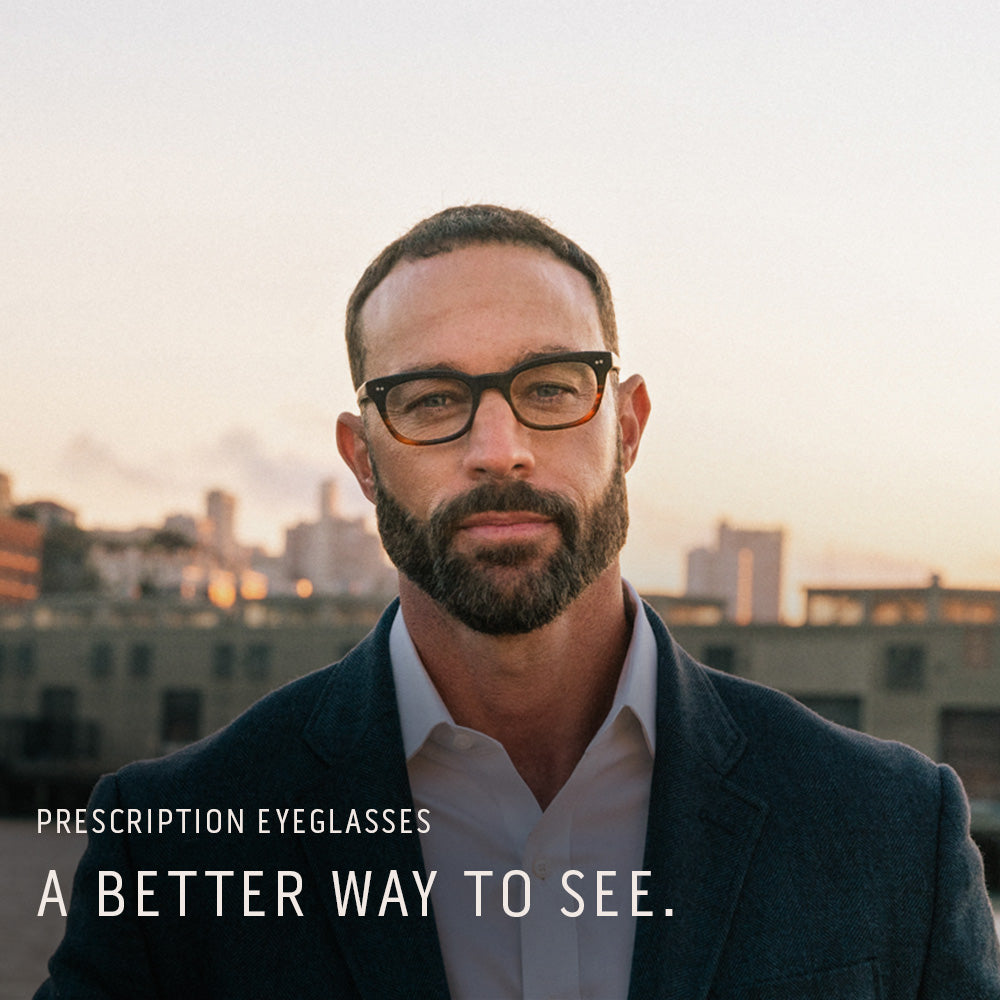Reading
Prescription
LENSES
Have a pair of favorite glasses or prescription sunglasses that you love but can't see out of anymore?
Give your favorite frames a second life with brand new lenses by L&F. Send us your prescription, we'll send you label to ship us your old frames, and then we'll get those old frames fitted with lenses that will change the way you see your world.
Have a pair of favorite glasses or prescription sunglasses that you love but can't see out of anymore?
Give your favorite frames a second life with brand new lenses by L&F. Send us your prescription, we'll send you label to ship us your old frames, and then we'll get those old frames fitted with lenses that will change the way you see your world.

SHOP REPLACEMENT LENSES

SHOP OMBRAZ LENSES

What are photochromic glasses?
You’ve seen them. Clear lenses that darken when the wearer goes outdoors. It’s the same frames they walked out with, same lenses, yet gradually, almost magically, once they're outside in the sunlight, the eyeglasses they walked out with are now sunglasses. Yet these glasses aren’t magic, they’re glasses with photochromic lenses. Since "photochromic' is a bit of a mouthful, we refer to photochromic lenses as "Indoor / Outdoor Lenses." In this article, we’ll explore the history and technology behind indoor / outdoor lenses to answer your questions before you buy.
What are photochromic lenses?
Photochromic lenses are eyeglass lenses that darken when exposed to UV light. They present a very wearable option for people who don’t want to have to switch between sunglasses and untinted prescription lenses.The name “photochromic” comes from two Greek words, “photos” meaning light, and “chroma” meaning color. In other words, the name literally means color changing in response to light, which is what happens with these special lenses.
Photochromic technology has been around since the early 1960’s and was inspired by the same method used to develop photographic film. Camera film is embedded into glasses with tiny silver crystals that turn opaque and darken when exposed to light.
Similarly, the first photochromic lenses were made of glass embedded with microscopic silver crystals that reacted to light by turning opaque and darkening. This reaction to light caused the lenses to darken. The reaction is reversible. So, when the lens moves out of the natural light the silver crystals change structure again and become less opaque which results in the lens turning transparent and clear.
How do photochromic lenses work?
Today’s photochromic glasses, including popular brand Transitions, typically use an extremely thin coating of organic, carbon-based molecules called naphthopyrans to achieve the same result as silver crystals but faster.
 |
 |
Today’s photochromic lenses are activated by exposure to UV light, typically in the form of sunlight, which provides perfect conditions to tint the lenses making them more like sunglasses. The change cannot occur in artificial light, and most modern windows are treated to block harmful UV rays, making the photochromic process perfect for indoor and outdoor use.
Do photochromic lenses block blue light from your screens too?
Yes, an anti-blue light filter built into the photochromic lens itself makes these lenses optimal for protection from blue light while you are working on your computer or other screens.
Lens & Frame Co. uses the latest generation of polarized photochromic lenses that change more quickly than other brands. When darkened, our indoor / outdoor lenses become polarized to block irritating glare, enhance color saturation, and deliver a very comfortable view in bright and glary environments.
Hybrid photochromic lenses provide an all-in-one solution for the routine eyeglass wearer. Any of our Rx eyeglasses or Extended Vision™ Reading Glasses, in frames by L&F, Raen, STATE Optical, or Ombraz, can be made with Indoor / Outdoor lenses. Find your perfect pair today.
Also in Eyewear Explainers

What are progressive glasses, who needs them and how do they help people see more clearly

Computer Glasses. What and Why







